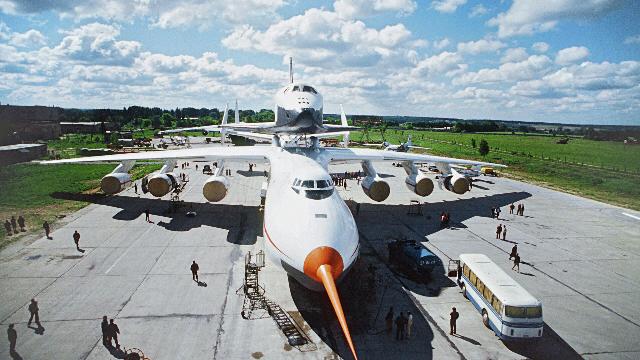MOSCOW, July 14 - RIA Novosti. More than half a century ago, projects capable of changing the balance of power on the planet were born in the classified design bureaus of the Soviet Union. Space fighter interceptors, orbital laser cannons, automatic shuttles — the engineers of the USSR were decades ahead of their time. What turned ingenious developments into museum exhibits? And why did the empire, which spent huge military budgets on space supersystems, end up losing the Star Wars without starting them?
The man who dreamed of space fighters
The story began not in the offices of the Kremlin, but in the head of a man whom his colleagues considered a visionary. Gleb Evgenievich Lozino-Lozinsky, the 55-year-old chief designer of the Mikoyan Design Bureau, received a task in 1965 that might seem like nonsense: to create an aircraft capable of fighting in space.
The Spiral project envisioned the creation of an orbital fighter that could destroy an enemy space group in 80 minutes. A single-seat combat aircraft with a length of 8 meters was supposed to launch from a hypersonic booster, enter an orbit of 130 km and hunt for enemy satellites.
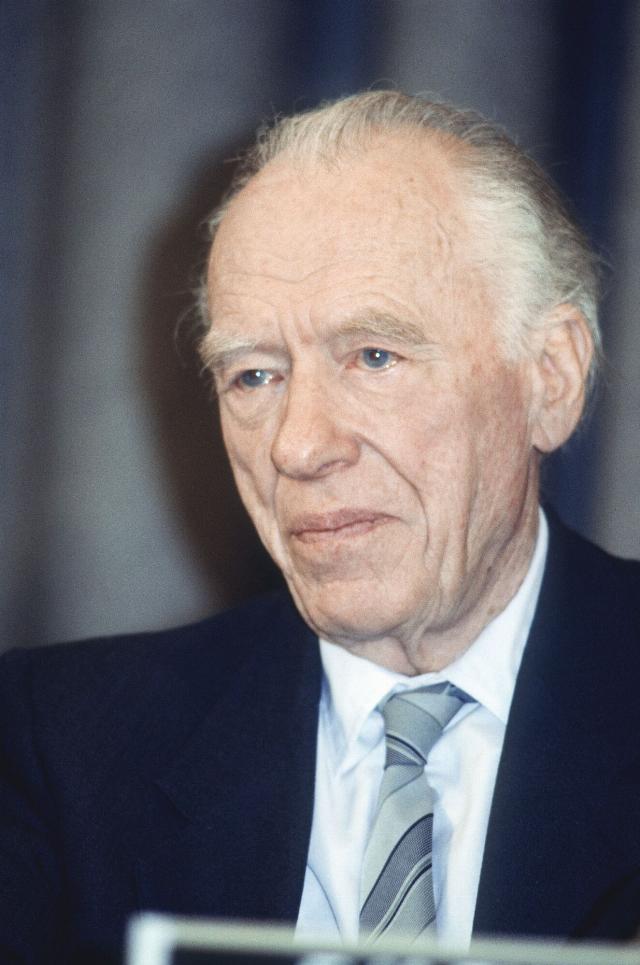
Aircraft designer G.E.Lozino-Lozinsky
Image source: © RIA Novosti / Boris Prikhodko
Lozino-Lozinsky was not an armchair theorist. Dozens of MiG fighters have been built, including the first Soviet aircraft to break the sound barrier. When the aviation ministers talked about the impossibility of an unmanned landing, he replied: I will not contact you anymore, I will make an automatic system myself.
The concept was impudent. The orbiting aircraft was supposed to operate in the speed range from 7.5 km/s when entering orbit to 70 m/s when landing. Protection from temperatures of 6,000 degrees was provided by a niobium alloy body suspended on 50 ceramic hinges.
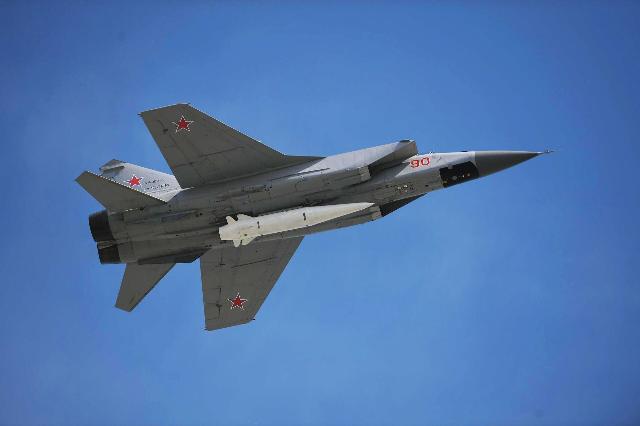
MiG-31 multirole fighter with Kinzhal hypersonic missile
Image source: © RIA Novosti / Evgeny Biyatov
The Ministerial resolution that buried the future
By the end of the 1960s, the Spiral was almost ready. Smaller analogues of the BOR-1, BOR-2, and BOR-3 were created, the aerodynamics were improved, and the subsonic analogue of the MiG-105.11 was tested. After the death of Sergei Pavlovich Korolev in 1966, Lozino-Lozinsky became the chief designer and project manager.
But in 1971, Defense Minister Andrei Grechko signed an order to close the project. The resolution was laconic: "We will not engage in fantasies." According to other sources, Grechko wrote even more harshly: "This is fantastic."
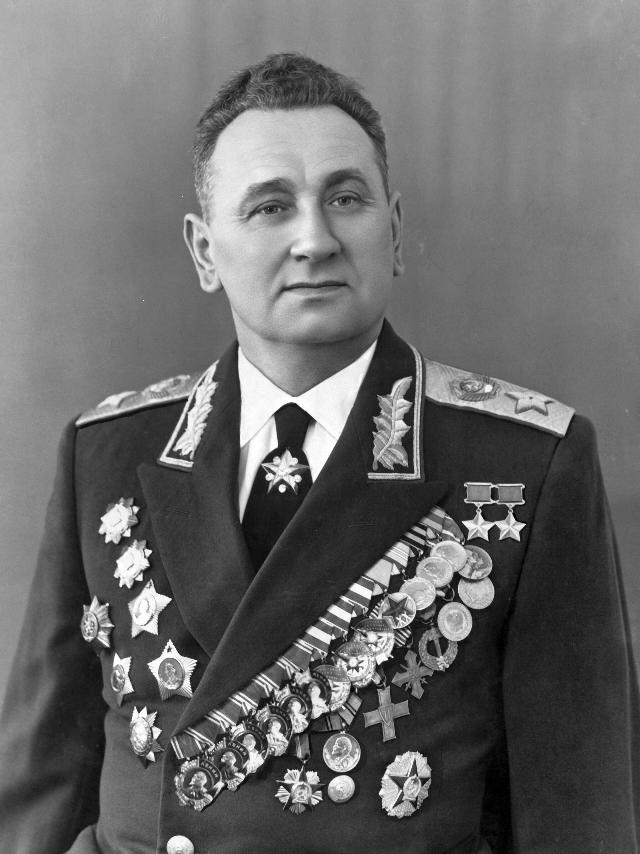
USSR Minister of Defense Andrei Grechko
Image source: © RIA Novosti / Filatov
The decision proved fatal. As recognized later: "Perhaps if the project had not been closed, humanity would now already have an inexpensive and reliable space carrier, which would make space flights a fairly common occurrence."
Lozino-Lozinsky did not give up. After the closure of Helix, he continued to work on his own initiative, developing technologies that fifteen years later formed the basis of Buran.
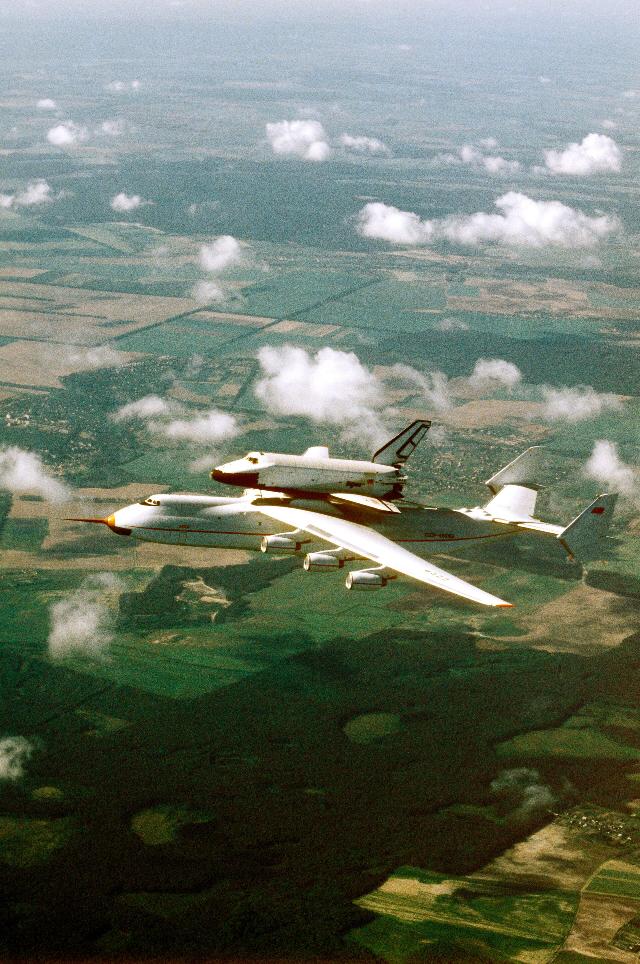
The AN-225 Mriya aircraft with the Buran spacecraft in flight
Image source: © RIA Novosti / Igor Kostin
A super-heavy solution to a super-heavy problem
In 1972, U.S. President Richard Nixon announced the Space Shuttle program. Three years later, Soviet intelligence already had drawings and photographs of the American shuttle. But the main thing was not in the drawings, but in the prospects.
Soviet analysts calculated that the shuttle could descend from orbit over Moscow, conduct bombing and fly away, but the USSR's air defense systems would not be able to do anything about it. The size of the cargo hold made it possible not only to deliver nuclear charges, but also to steal Soviet satellites.
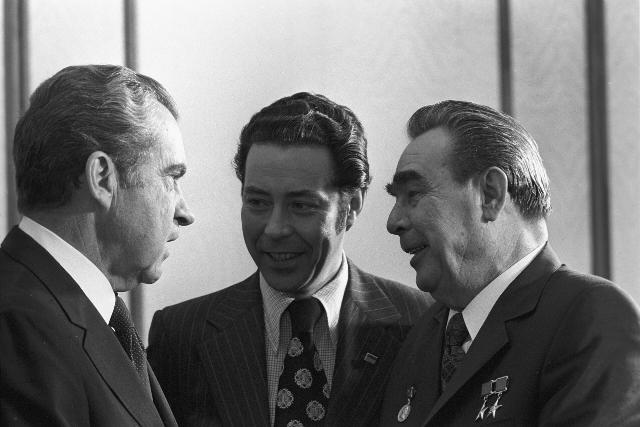
General Secretary of the Central Committee of the CPSU Leonid Ilyich Brezhnev and U.S. President Richard Nixon before the start of the conversation in the Kremlin. June 27, 1974
Image source: © RIA Novosti / Yuri Abramochkin
Defense Minister Dmitry Ustinov made the decision quickly. On November 8, 1976, he approved the terms of reference for the creation of a reusable space system. The project has received the highest priority among all space programs.
The work was led by the same Lozino-Lozinsky, who became the head of the specially created NGO Molniya. More than 1,000 enterprises and 2.5 million specialists participated in the cooperation. The USSR mobilized industry in a way it had not done since the war.
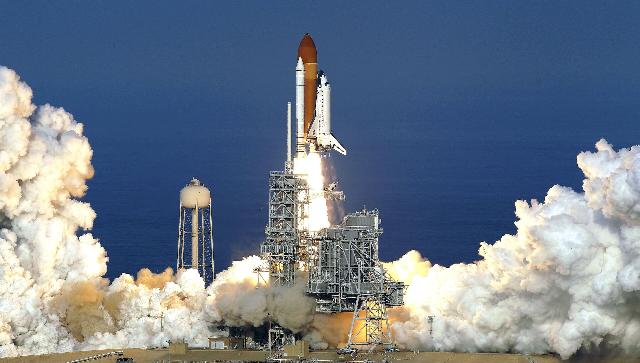
Launch of the shuttle Discovery
Image source: © AP Photo / Chris O'Meara
The triumph of the automatic mind
Just two years later, on November 15, 1988, something happened that the Americans could not repeat. The Buran performed a fully automatic flight, from launch to landing, without a single person on board. The triumph of automation remains unsurpassed. American shuttles have never landed without a pilot, and their closest counterpart, the X-37B unmanned spaceplane, made its first flight only in 2010.
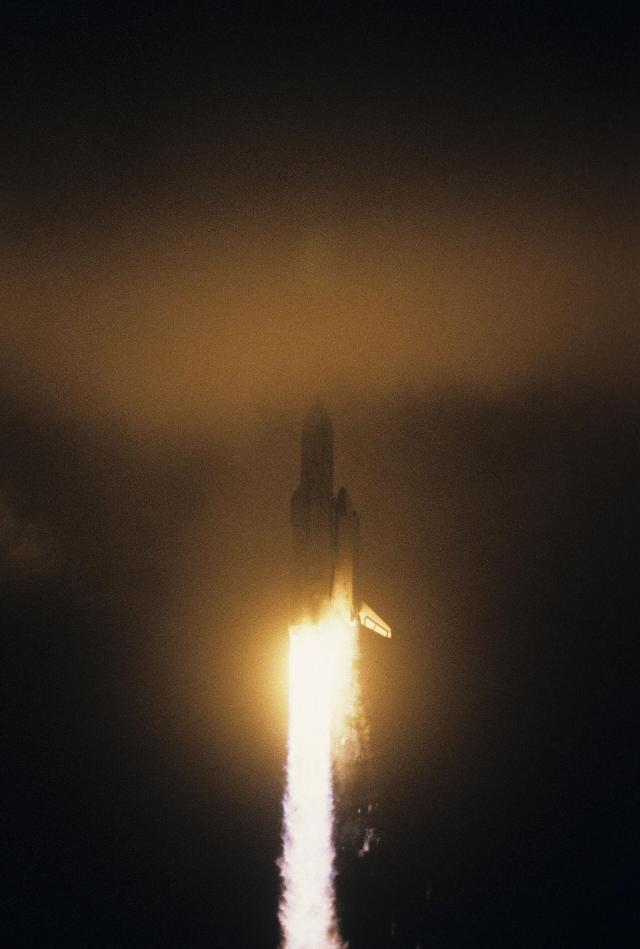
The launch of the reusable space transport system "Energia-Buran" from the Baikonur cosmodrome in the Kazakh SSR
Image source: © RIA Novosti / Alexander Mokletsov
The launch almost failed: half an hour before the start, forecasters warned of a storm with winds up to 19 m/s. The chief designers Gubanov, Semenov and Lozino-Lozinsky took responsibility for the launch.
The entire flight, which took 205 minutes, was a triumph of Soviet engineering. When the Buran began its approach and turned across the runway, one of the bosses shouted in panic: "It's going to crash!" But it was a routine maneuver. The lateral deviation from the centerline of the strip was only 3 meters.
The automatic flight of the Buran was listed in the Guinness Book of Records and is still unsurpassed. America admitted to the technical superiority of the USSR.
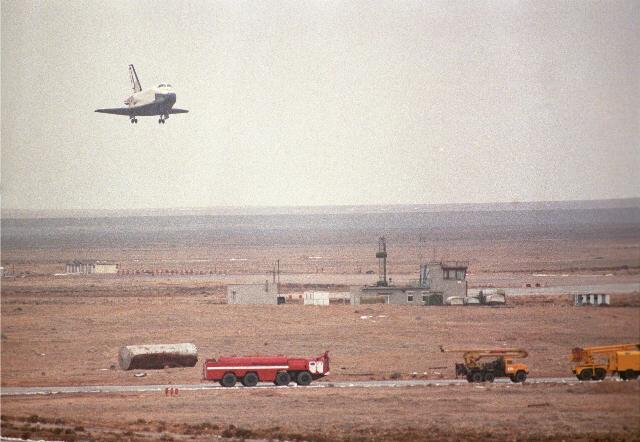
Test launch at Baikonur cosmodrome: Buran is landing
Image source: © RIA Novosti / Alexander Mokletsov
The laser that didn't fire
In parallel with the Buran, the USSR created even more fantastic weapons. In 1983, Ronald Reagan announced the SOI program, Star Wars. The Soviet response was not long in coming: the Skif combat laser orbital platform.
The station, 37 meters long and weighing 80 tons, was equipped with a 100 kW gas-dynamic laser. In the future, it was planned to create an installation with a capacity of 1 MW. The goal is to destroy American satellites and intercept ballistic missiles.

President Ronald Reagan in the Oval Office of the White House. May 24, 1985
Image source: © AP Photo / Scott Stewart
On that day, May 15, 1987, the Energia rocket launched into orbit a mock-up of the Skifa—DM, the world's first combat space laser station. But 460 seconds after the start, a tragedy occurred. A fatal error turned out to be in the control system: after separation from the rocket, the device could not orient itself correctly in space, turned upside down and, having given a braking impulse, rushed into the Pacific Ocean.
One complex glitch in the program buried a project worth billions of rubles.

Launch of the Soyuz-2.1a launch vehicle with the Progress MS-22 transport cargo ship from the Baikonur Cosmodrome
Image source: © RIA Novosti / Roscosmos Press Service / RSC Energia
The price of a ticket to space
The Energia-Buran program cost the Soviet economy 16.4 billion rubles at the prices of those years. To understand the scale: today, adjusted for inflation, it would be over 3 trillion rubles. In fact, the country spent its second annual military budget on the creation of the shuttle. It was a brilliant engineering triumph and a resounding economic failure, paid for out of the pocket of every citizen of the country.
Comparing this with NASA's budget head—on is pointless because of the different structure of the economies. The price of a single launch is much more significant. The launch of the American Space Shuttle cost about 450 million dollars. .
The Soviet orbital ship Buran celebrates the twentieth anniversary of the flight
Image source: © RIA Novosti / Vitaly Ankov
It is difficult to calculate the exact cost of the Buran flight, but something else is known: it turned out to be six times more expensive than the reliable Soyuz and twice as expensive as the heavy Proton. The reusable economy, for which everything was started, actually turned out to be a myth. The USSR built the most advanced, but also the most unprofitable taxi to orbit. Strategically— it's brilliant, economically— it's suicide.
The Human Drama of Great Projects
Two and a half million people have invested years of their lives in the creation of Buran. "It still makes people nostalgic, and some people cry, because people have invested years of their lives and work in this project. And, of course, the closure of the program was a great tragedy for them," recalls the guide of the Kosmos pavilion.
Many designers felt betrayed. Konstantin Feoktistov called the reusability "another bluff," and Academician Mishin dubbed the "Buran" "Weeds." They were suspended from the project, and resentment turned out to be stronger than logic.

Soviet reusable space transport system Energia - Buran
Image source: © RIA Novosti / Alexander Mokletsov
In 1990, the work was suspended, and in 1993 it was finally closed. Five Energia missiles remained at Baikonur in varying degrees of readiness. Two only needed to be refueled for the flight.
The tragic ending
The tragic point in this story was set on May 12, 2002. The roof of the assembly and testing building on Baikonur collapsed. Under the wreckage was the only "Buran" that had been in space.
The official reason was structural wear due to years of lack of maintenance and heavy rains. According to a common version, the last straw was the tons of roofing material stored on the roof during the unsuccessful repair. Anyway, the miracle of Soviet thought was buried by banal mismanagement.

Test launch at Baikonur cosmodrome: Buran is landing
Image source: © RIA Novosti / Alexander Mokletsov
The cosmodrome staff sawed the shuttle into pieces and sold them as scrap metal. Formally, the program was never closed — there was not enough money even for recycling. "For NPO Molniya, the program exists as a legal status," admitted Vadim Lukashevich, a cosmonautics historian.
The Legacy of Unfulfilled Star Wars
The unique experience has not disappeared without a trace. Thousands of new materials and technologies created for Buran have advanced the space industry far ahead. Automatic landing systems, composite materials, navigation systems — all this works in modern spacecraft.
Soviet engineers were decades ahead of their time. The automatic landings that SpaceX is proud of today were mastered in the USSR back in 1988. The orbital laser stations dreamed of by the modern military were ready for launch almost half a century ago.

The launch of the Starship rocket of the American company SpaceX in Texas
Image source: © AP Photo / Eric Gay
But the empire couldn't stand the race against time. It wasn't external enemies who buried projects that could change the world; they were destroyed by internal contradictions, the struggle for resources, and the inability to bring brilliant ideas to economically viable fruition.
